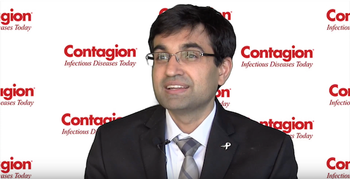
Sahil Khanna, MBBS, MS, provides a brief overview of the history of fecal microbiota transplantation.

Sahil Khanna, MBBS, MS, provides a brief overview of the history of fecal microbiota transplantation.

Stuart Johnson, MD, discusses the disadvantages to some of the current approaches used to treat C. difficile.

James S. Lewis, PharmD, FIDSA, explains how pharmacists can advocate for judicious antibiotic use in patients through educating the patients themselves, as well as providers.

Ferric Fang, MD, explains the major challenges associated with diagnosing Clostridium difficile infection.
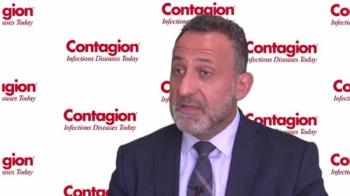
Roy F. Chemaly, MD, MPH, discusses the background behind letermovir and what it brings to the table.
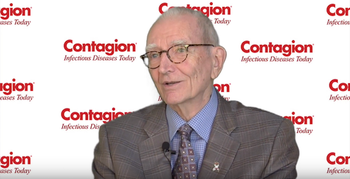
Dale N. Gerding, MD, discusses different methods used to prevent CDI recurrence.
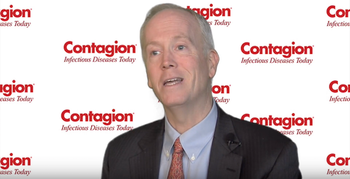
Edmond Hooker, MD, DrPH, discusses multiple factors that put patients at increased risk of getting C. difficile.
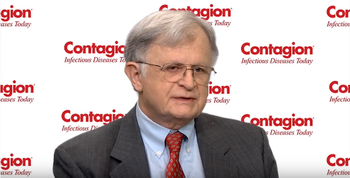
Robert Bransfield, MD, DLFAPA, shares different symptoms caused by Lyme disease, which could, in turn, result in psychiatric conditions that increase the risk of self-harm or harming others in some patients.

James S. Lewis, PharmD, FIDSA, discusses the need for the development of non-antibacterial options against infections, such as monoclonal antibodies.

Daniel Diekema, MD, explains how the microbiology lab works to provide optimal drug selection for empiric and directed therapy.
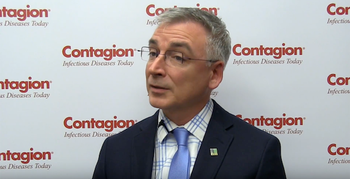
Michael Edmond, MD, MPH, MPA, explains current challenges faced by hospital epidemiologists.
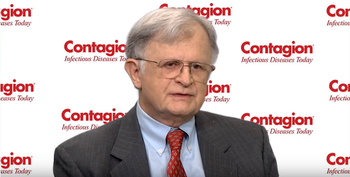
Robert Bransfield, MD, DLFAPA, explains the potential correlation between Lyme and associated diseases and suicidality.
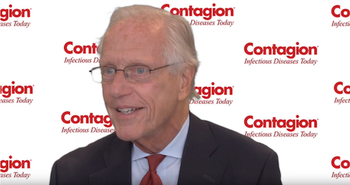
William Schaffner, MD, explains how health care providers can work towards getting patients who are aged 65 and older to receive a flu shot.
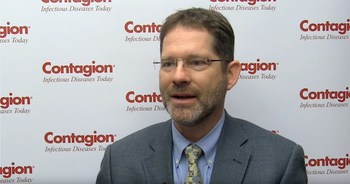
Daniel Diekema, MD, explains why the microbiology laboratory should be a part of antimicrobial stewardship programs.

James S. Lewis, PharmD, FIDSA, explains why addressing issues surrounding antibiotic use in veterinary medicine is crucial in the fight against antibiotic resistance.
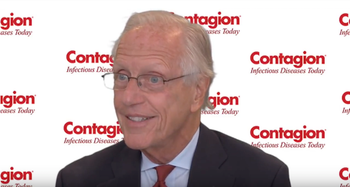
William Schaffner, MD, discusses NFID and Sanofi Pasteur’s Flu Alert campaign, dedicated to emphasizing the importance of vaccination in adults aged 65 and older.
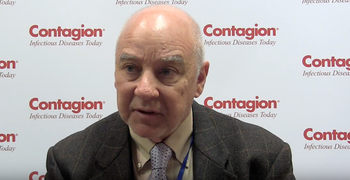
David A. Schwartz, MD, MS Hyg, FCAP, notes a topic of interest at the First International Zika Conference.

Alan Gross, PharmD, discusses testing options for multidrug-resistant pneumonia.
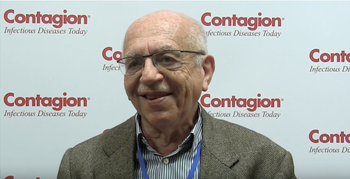
Silvio Pitlik, MD, explains why he feels Lyme disease can make individuals obsessive.

Silvia Munoz-Price, MD, PhD, calls for a clear delineation of the role of hospital epidemiologists.
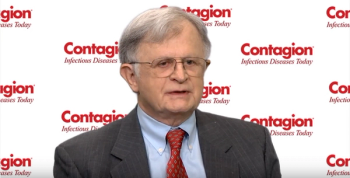
Robert Bransfield, MD, DLFAPA, explains why patients with chronic infections may be at increased risk for suicide.
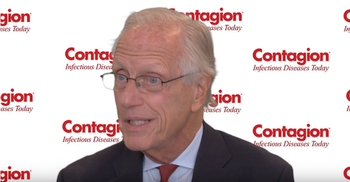
William Schaffner, MD, explains why adults aged 65 and older need to receive the flu shot.
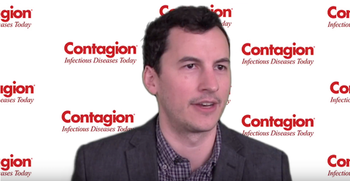
Alan Gross, PharmD, postulates why one in four patients experienced treatment failure for community-acquired pneumonia in a recent study.

Viviane Boaventura, MD, MsC, PhD, discusses which arbovirus poses the greatest threat to Brazil.

Prof. Francisco Veas, PhD, discusses the launch of a task force dedicated to gaining a better understanding of Lyme disease.
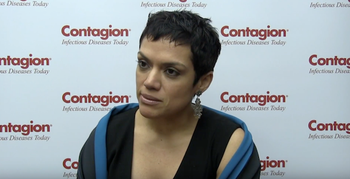
Silvia Munoz-Price, MD, PhD, calls for more microbiome research in order to ultimately improve patient care in hospitals.

James S. Lewis, PharmD, FIDSA, shares different proposals shared in the health care community to incentivize pharmaceutical companies to develop needed drugs.
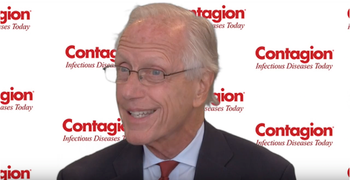
William Schaffner, MD, discusses how the adults aged 65 and older are disproportionately affected by influenza.

Brinda Emu, MD, offers insight into the HIV monoclonal antibody ibalizumab.

Michael N. Dudley, PharmD, explains how VABOMERE was associated with a higher overall cure rate and lower mortality compared with the best available therapy in patients with CRE infections in a recent trial.